Do you know what the pinpointer is needed for? This is a time-saving tool when you are digging out a small find. And if the pinpointer is unable to save this time, it is a bad assistant.
Having taken the pinpointers of different manufacturers from my pals I tried to conduct several hunts with each of them. So, here is a brief summary of each result prepared.
Whites TRX
Is the pinpointer lying correctly on this photo? That’s how it is placed in the hand. Why then are inscriptions on the pinpointer’s body upside down? A petty remark, but this is what catches the eye at once.
The PLUS side. If the pinpointer depth is an advantage for someone, the Whites TRX is super deep. Convenient and, perhaps, reliable. Real static mode. Response with an increasing (dynamic) sound, loud. Adjustable sensitivity (not saved when you turn off). Universal power supply: ‘krona’ or 2 AA batteries. There is an alarm, not to forget during a hunt.
The MINUS side. False responses (phantoms) at maximum sensitivity. But the main disadvantage of the Whites TRX is that the detection diagram is not complete – the sensor center doesn’t see a target. The pinpointer is unable to search in a horizontal plane. Expensive.
Minelab Pro-Find 25
The PLUS side. Consistent detection depth. Convenient in search, reliable. Static mode. Loud increasing response. Adjustable sensitivity. There is an alarm, not to forget during a hunt.
The MINUS side. False responses (phantoms) at maximum sensitivity. The real depth is ambiguous and can vary in different combinations with one and the same target (the impression is as if the pinpointer tried to tune out something). Expensive.
Nokta RS
The PLUS side. Over depth (above the average). Convenient, light weight. Proper
static mode. Loud increasing response. Adjustable sensitivity.
The MINUS side. A battery compartment door won’t save in the rain. The holster (supplied) is inconvenient and tight – when the pinpointer is hanging on the belt, it is difficult to get it with one hand (it comes off the belt with the holster).
Garrett Pro-Pointer
The PLUS side. Convenient and reliable in search. Sufficient depth. Static mode. There is tuning-out, something average between sensitivity and ground balance.
Loud dynamic response. The very pinpointer that one can easily recommend not expressly specifying.
The MINUS side. The biggest drawback of the Garrett Pro-Pointer is its China fake. If you don’t know the peculiarities (static and dynamic search modes), you won’t distinguish them visually. As for the rest, there aren’t any serious drawbacks.
Mars MD Pinpointer
The PLUS side. Convenient and reliable during a hunt. Sufficient depth. Static mode. Loud dynamic response. There is an alarm, not to forget during a hunt.
Inexpensive. I am the owner of this model, the pinpointer operates as it should, I recommend you.
The MINUS side. Some accumulators (with smooth edges) are tightly inserted into the battery compartment. The manufacturer has promised to improve this point.
Fisher F-Point
The PLUS side. The only advantage of the Fisher F-Point is its operation in static mode. But with its detection depth, it is not enough.
The MINUS side. A very little depth. Who needs the pinpointer seeing a shovel at 2cm depth? Inconvenient body, a battery compartment door falls off. Inconvenient (and unreliable) sensitivity adjustment. A quiet sound, which can’t be heard in the wind when you are in the field.
TX-2002
The PLUS side is absent.
The MINUS side. The pinpointer operates only in dynamic mode (you need to wave it all the time). Insufficient depth and sensitivity to small targets in practice. Inconvenient body. Inconvenient sensitivity setting. If you have never handled a usual pinpointer, perhaps, this Chinese unit will be living in your pocket somehow. But having tried a real one you will understand you were simply losing time with the TX-2002.
Note
I am sure the depth of the pinpointer must not be the maximum one. Normally, 5-6 centimeters for a coin. The Garrett PRO-Pointer and Mars MD Pinpointer may serve as an example – getting out a coin without false responses and saving time during a hunt. At that, they operate without any adjustments, after turning it on you already take out a find.
I don’t consider the LED backlight to be an advantage of the pinpointer. In practice (of mine) it does not help at hunts anyhow. Sometimes it indicates the pinpointer is turned on, but sometimes it’s simply annoying. Relatively speaking, I don’t mention the LED backlight, if someone needs – it can be seen anyway, which pinpointer has it.
I also don’t mention vibration modes. There it is and ok… I don’t notice it during a hunt (when I approach to the find, the sound is more informative).
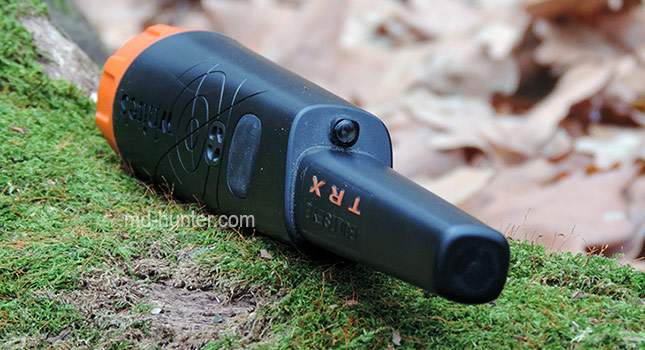
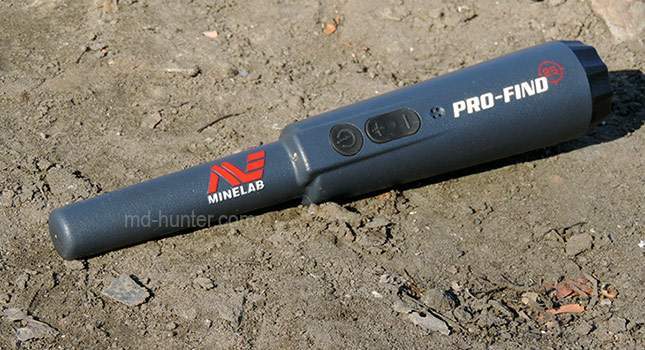
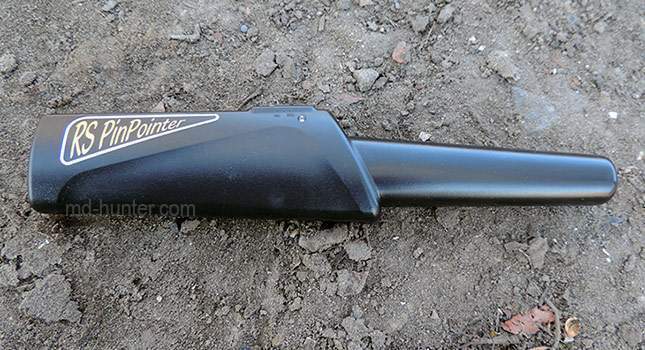


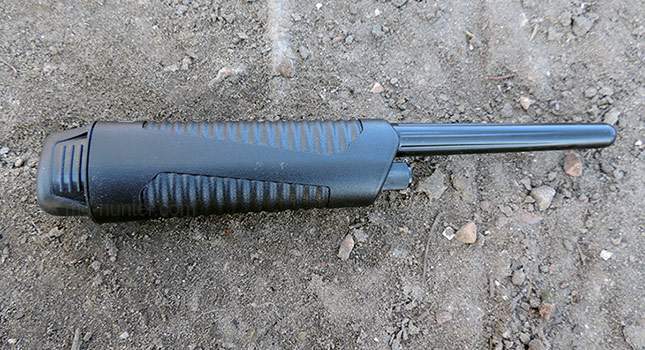
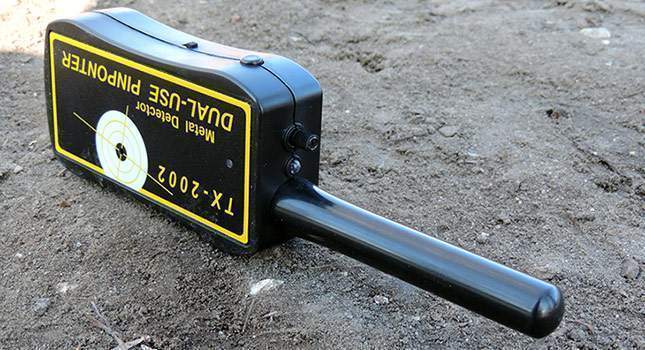


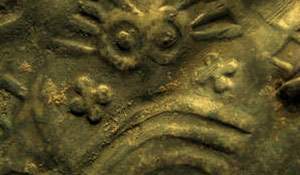







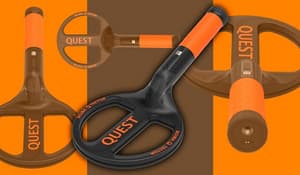
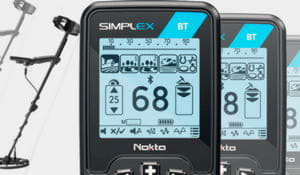
Leave a Reply